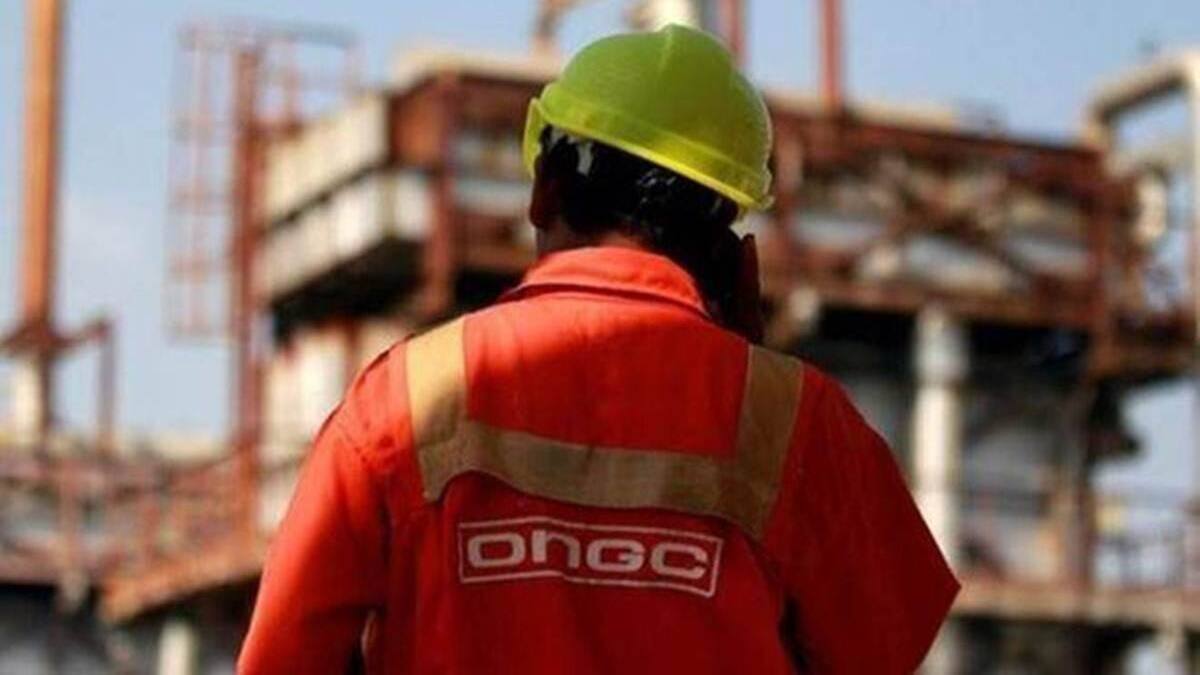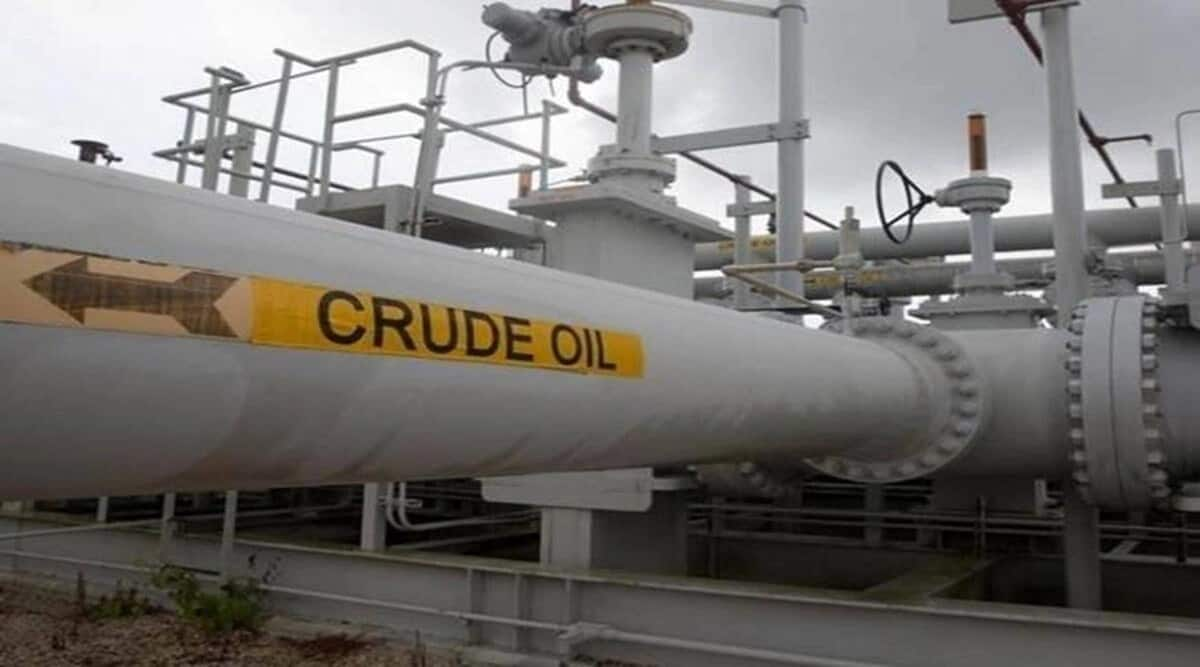The Kirit Parikh Committee, which recommended a floor and ceiling price for natural gas produced from legacy fields of state-owned producers to moderate input price for CNG and fertilizer, has favoured paying ONGC and OIL a premium of 20 per cent over such price for any new gas production they add from old fields.
The panel, which submitted its report to the oil ministry last week, has recommended benchmarking price of natural gas produced from ONGC and OIL’s legacy or old fields, called APM gas, at 10 per cent of cost of crude oil imported into India, according to a copy of the report seen by PTI.
This rate would however be subject to a ceiling or cap price of USD 6.5 per million British thermal unit, until a full deregulation of prices is implemented in 2027. There would also be a floor of USD 4 with a view to cover for cost of production and at the same time keeping cost for fertilizer, power and CNG, which use gas as input raw material, at manageable levels.
The basket of crude oil India imports averaged about USD 83 per barrel in December. Going by recommendation of the committee, the price for APM gas, which makes up for 60 per cent of all gas produced in the country, should be USD 8.3 per mmBtu (10 per cent of imported oil price). But Oil and Natural Gas Corporation (ONGC) and Oil India Ltd (OIL) will be paid only USD 6.5 in case the recommendation for ceiling and cap price of the committee is accepted by the Cabinet headed by Prime Minister Narendra Modi.
APM gas is currently priced at USD 8.57 per mmBtu using a formula that uses weighted average rates in gas-surplus nations such as the US, Canada and Russia.
For gas produced from fields in difficult geology such as deep sea or in high-temperature, high-pressure (HTHP) zones, the panel was for continuing with existing formula without any floor. Such fields are currently paid a ceiling price of USD 12.46 per mmBtu using a formula that is different from APM.
Reliance Industries Ltd and its partner bp plc of UK are the biggest producer of gas from difficult fields.
The committee recommended fully de-regulating APM gas price by January 1, 2027, “if the gas price volatility on the international market has moderated”. For difficult fields, the full pricing and marketing freedom should be given by January 1, 2026.
“To incentivise additional production from a new well or well intervention in the nomination blocks, the committee recommends a premium of 20 per cent over and above the APM prices for ONGC/OIL,” the report said. “The government may consider giving marketing freedom for this additional production from new wells or well intervention in the APM fields.” The modalities for this may be finalised by upstream regulator Directorate General of Hydrocarbons (DGH) and approved by the Ministry of Petroleum and Natural Gas within a period of three months, it said.
APM gas is the one produced from fields given to ONGC and OIL on nomination basis without any provision of sharing profit. This gas totalled 49.26 million standard cubic metres per day in 2021-22. A third of this gas was used for generating electricity, 22 per cent for converting into CNG to run automobiles and piping natural gas (PNG) to household kitchens for cooking purposes and 17 per cent for producing fertilizer.
The price of APM gas remained less than USD 3 till March this year but spiked in the following month as global energy rates rose in the aftermath of Russia’s invasion of Ukraine.
This led to a 70 per cent rise in CNG and piped cooking gas price and constitution of the committee to ensure “fair price to end consumers” while also ensuring “market oriented, transparent and reliable pricing regimes for India’s long-term vision for ensuring a gas-based economy.” “The benefit of decrease in APM prices should be passed on to the consumer,” the committee said, asking the government to “maintain a portal for monitoring of consumer prices with detailed break up.” City gas operators selling CNG and piped natural gas should be asked to upload data on the portal, it said. “This would lead to fair prices for the CNG and PNG customers.” The committee said every dollar decrease in gas price would result in Rs 1,915 crore cut in cost of production of power, Rs 1,014 crore cut in subsidy on fertilizer sector and Rs 2,115 crore reduction in cost of CNG and PNG on an annual basis. It would also lead to Rs 2,500 crore reduction in collection of government by way of taxes, royalty and dividends.
Also read: Investing through automated trading? Know its key pros and cons
“In case of current production from APM fields of ONGC and OIL, the committee recommends that a dynamic ceiling and a fixed floor should be imposed on the prices of APM gas,” the report said. “USD 6.5 per mmBtu should be set as the first ceiling of domestic gas price. This ceiling should be increased by USD 0.5 per mmBtu every year so as to slowly move towards the marketing and pricing freedom for APM fields also.” To protect these firms from prices going below their marginal cost of production, the committee recommends that a fixed floor price of USD 4 per mmBtu should be set for the APM gas. “This is also broadly the marginal cost of production of domestic gas from nomination block fields which are already very old.” “The actual price of natural gas produced from nomination fields (APM gas) shall be a dynamic price fluctuating between the floor and ceiling based on the import price of Indian Crude Basket. The average price of the previous months, say from 26th of the previous month to 25th of current month may be taken as a basis and 10 per cent (average adjusted and weighted long term slope for RLNG contracts) of it as the APM price subject to the floor price of USD 4 per mmBtu and the dynamic ceiling price,” the report said, adding such a price may be notified by the Petroleum Planning and Analysis Cell (PPAC) of the oil ministry on the last date of a month.
India aspires to become a gas-based economy with the share of natural gas in its primary energy mix targeted to rise to 15 per cent by 2030 from the existing level of around 6.3 per cent.



